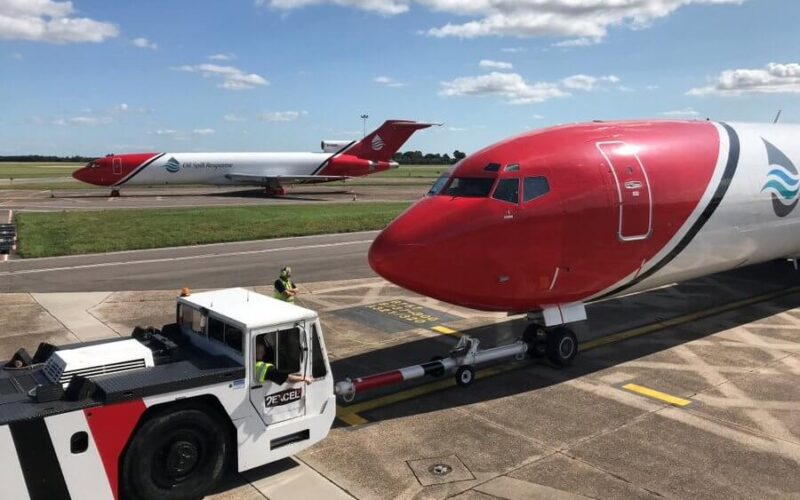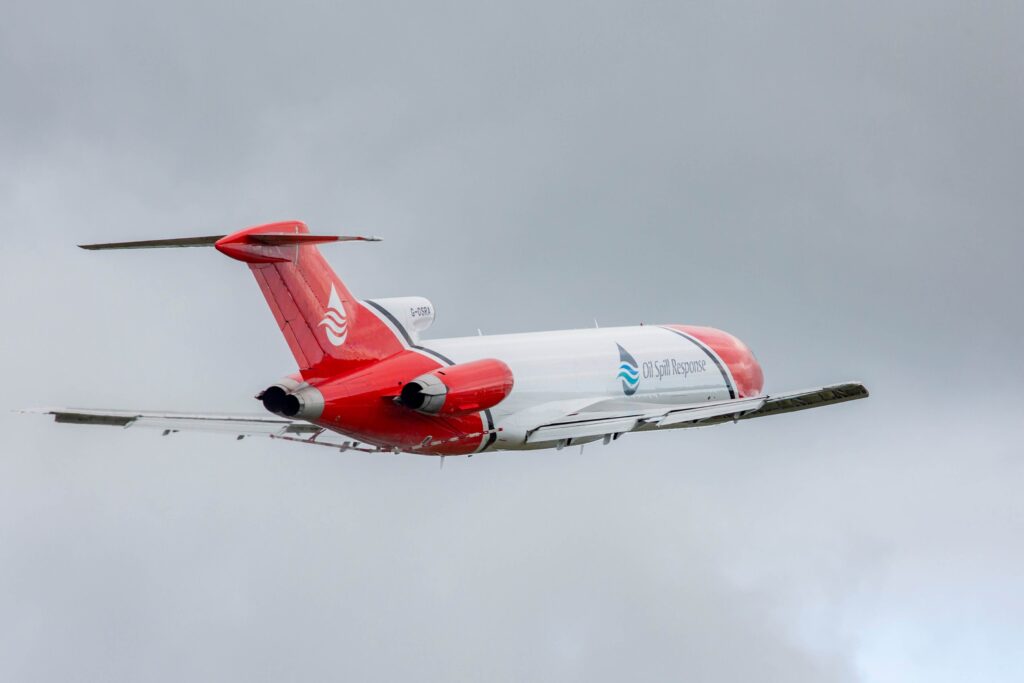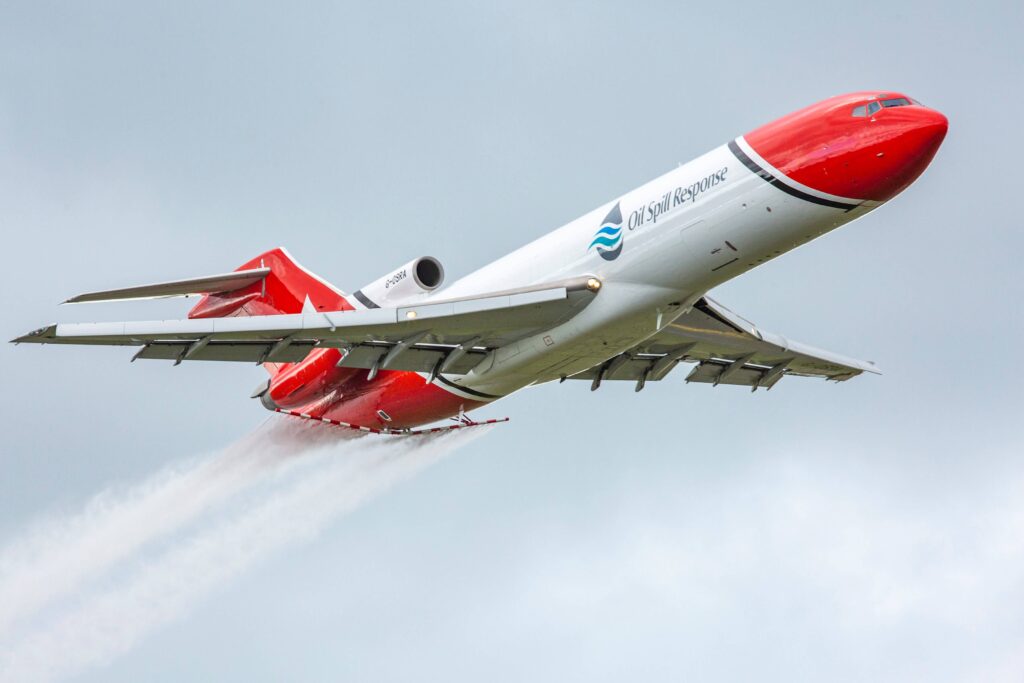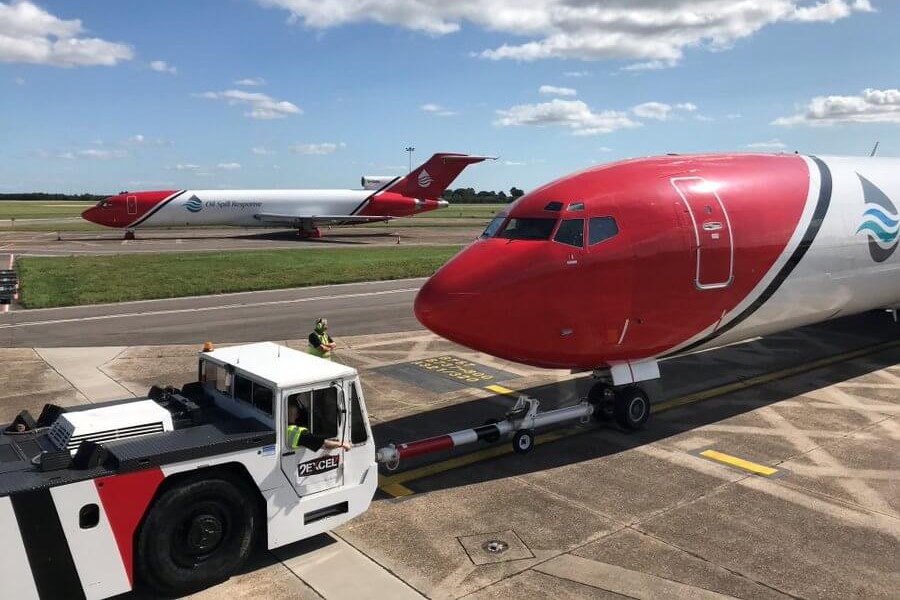Final flights have a sense of enduring poignancy. Favorite aircraft types leaving service following illustrious careers or familiar routes facing the axe after decades have long been magnets for aviation fans and photographers keen to catch one last look.
But the closure of airports themselves cuts much deeper into the psyche of all who love and value aviation. The devastating news that Peel Group, owner of Doncaster-Sheffield Airport, planned to bring down the curtain on this historic military airfield that, in more recent times, has been home to a sleek commercial passenger terminal, sent shockwaves through the local community and roused British politicians at the local, regional and national level.
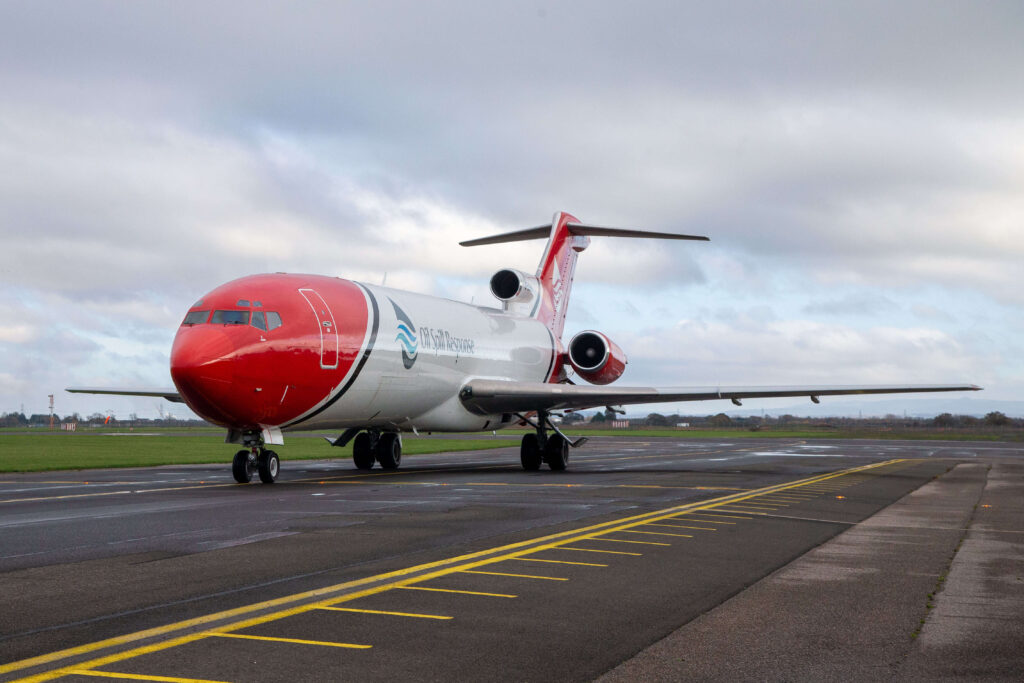
Alas, to date, all have been unsuccessful in securing a sustainable future for the airport. Peel protests that it is not economically viable to continue, although other interested parties believe they could make it work. So, the battle is likely to continue in the courts, with the threat of a Compulsory Purchase Order hanging over the site. With the airlines Tui and Wizz Air having already left, aerospace services company 2Excel Aviation was among the last operators in the race to extract its aircraft before Peel’s deadline to shutter the airport on November 18.
I was privileged to be invited onto the flight deck of the final Boeing 727 departure from Doncaster on an aircraft operated by 2Excel on behalf of Oil Spill Response Ltd (OSRL). The occasion was one I’ll long remember for its sadness, but also for the opportunity to experience how the crew train regularly to maintain their expertise in flying this classic freighter at just 150 feet above the water.
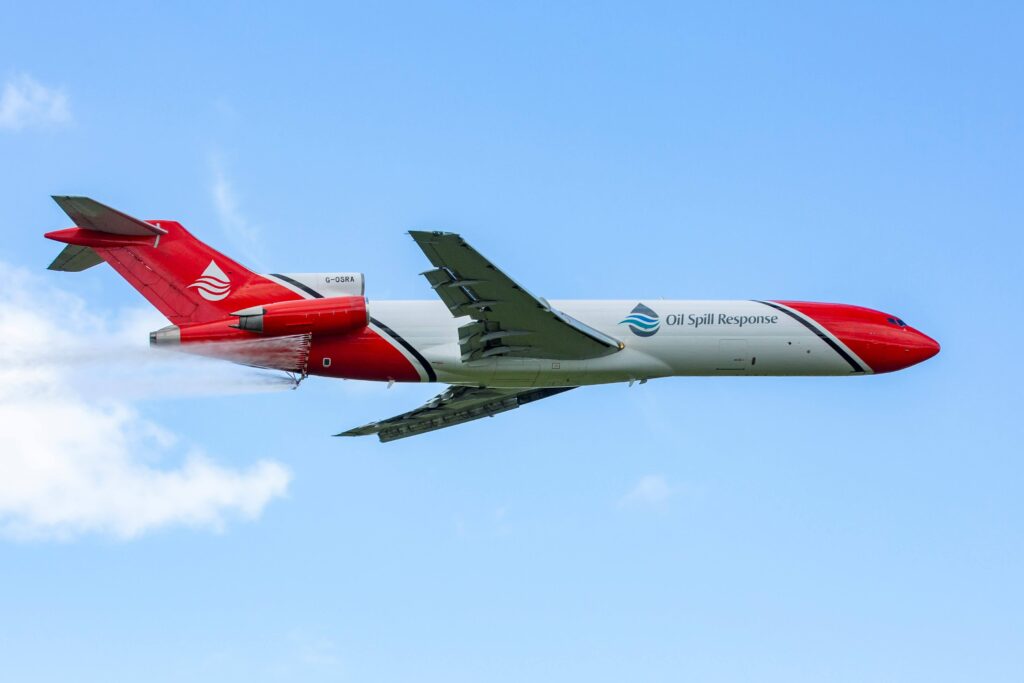
Captained from the left-hand seat by Arnie Palmer, 2Excel’s director of special missions, with colleague Matt Tones in the right-hand seat and Gary Bruce as flight engineer, the red-and-white 727 has become a popular sight in the skies above South Yorkshire. But it’s inside where this distinctive pair of aeroplanes really surpasses expectations. The onboard TERSUS spray system was created by 2Excel in answer to a unique set of requirements: to provide a jet response aircraft capable of spraying dispersant over an oil spill to ensure an environmental disaster like BP’s Gulf of Mexico catastrophe could never happen again.
This readiness contract held by 2Excel requires the team to have a crew on constant alert to be airborne within four hours to fly anywhere in the world to fly their critical mission. Effectively an insurance policy funded by the global oil sector, the aircraft have thankfully never been needed to fly their mission for real. But it’s crucial that the crews maintain their skills currency by training weekly. And that requires descending to just 150 feet over the sea.
With a wingspan of just over 108 feet, the 727 is a large aeroplane to be wrestling with over the water. But it couldn’t be better designed for the task, with the three jet engines sitting high up by the tail and a spray boom attached under the fuselage with nozzles that are scientifically proven to disperse the spill-fighting liquid at the correct droplet size to do its job.
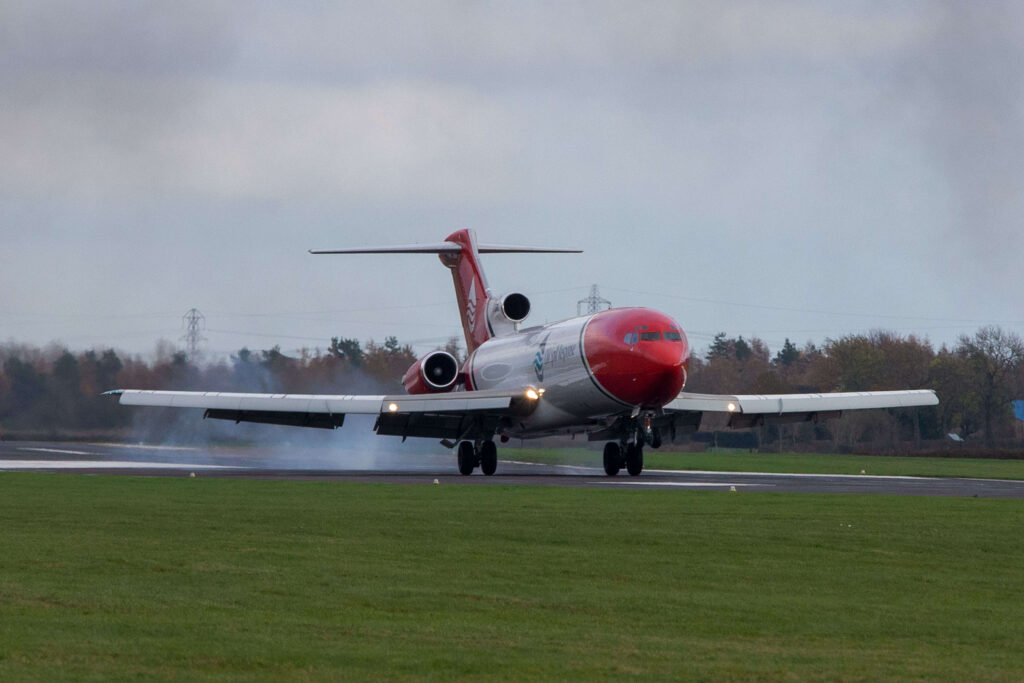
Walking out of 2Excel’s Doncaster hangar towards the 727 for the final time, Captain Palmer looked wistfully at the aircraft as flight engineer Bruce completed final preparations and checks ready for departure. Tones, first officer for this mission, settled into his seat to prime the aircraft for start-up, talking quietly over the intercom with the ground crew plugged into the jet outside. I strapped myself into the jump seat, directly behind Palmer, having donned a life jacket and familiarized myself with the exit routes and procedures in case of ditching.
Given our start and taxi clearances from air traffic, the crew quickly started up the 727’s three engines and we began our slow trundle out to the active 20 runway. I’d been briefed this would be a maximum power take-off with 20 degrees nose up. But I wasn’t quite prepared for the sheer power of this aircraft’s uprated outboard engines. Flying with no liquid in the TERSUS tanks – to date, the aircraft has only ever been loaded with fresh water – and sufficient fuel for a spray sortie, one circuit and reserves, the aircraft was very light.
Rolling onto the centerline and straightening the nosewheel gear, Palmer immediately called for full power and the thrust levers were pushed forward to their stops. It seemed like an almost instantaneous surge to 70-plus knots before hitting V1 and Tones calling out ‘rotate’, the control column being eased back by Palmer as the aircraft’s nose tracked up above the horizon, sending us soaring towards the clouds. In seconds we blasted up to 6,000 feet and began to level off, turning on track towards the North Sea east of Whitby.
The next phase of the flight was among the most exciting flying I’ve experienced. Spying a decent hole in the cloud base, the crew steered the massive freighter down through the gap, levelling off at 1,000 feet to begin their checks ready for a simulated spray session. 2Excel has developed a standard procedure for the OSRL mission which involves stabilizing at 1,000 feet then gradually descending down to 150 feet. This feels akin to the famous ‘Dambusters’ movie where the Lancaster bombers fly down low over the water for their bombing profiles.
Once at 150 feet, the flight engineer’s eyes are glued to the radar altimeter and he calls out the heights: “150, 150, 150”. If the nose dips and we descend to 140 feet, his tone of voice has a pronounced change in pitch. If we touch 130 feet, this is even more pronounced and the handling pilot is obliged to acknowledge with the word “climbing” as he eases back the stick.
At the end of the spray run, the 727 is climbed back to 1,000 feet for the turn, describing the shape of a dumbbell, before descending back down to 150 feet for the next run. If this wasn’t a simulation, the crew would perform this maneuver repeatedly until the dispersant was exhausted and then return several times to battle the oil slick on the surface.
All too soon the low-level ride was over, and we climbed back up to turn on track to Teesside where this pair of 727s will be based in the immediate aftermath of their rushed departure from Doncaster. Popping down out of the cloud close to the Redcar steel mill, Teesside’s runway was easy to spot and lit up in welcome. After an uneventful landing, Palmer taxied the giant trijet onto the parking stand and the crew descended the steps to take in their new base.

